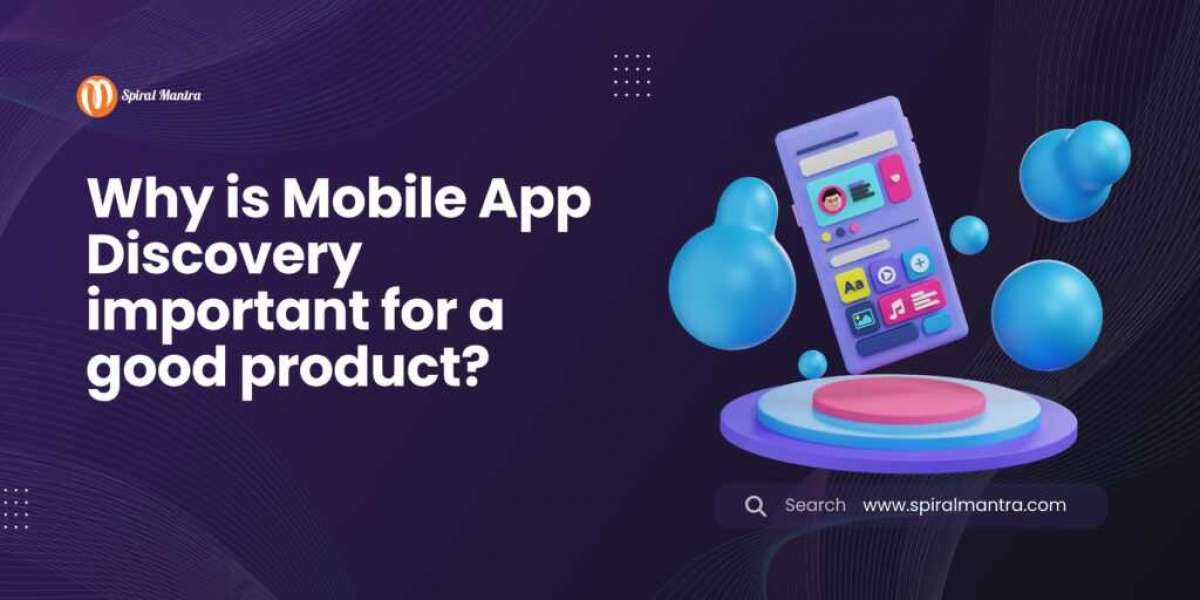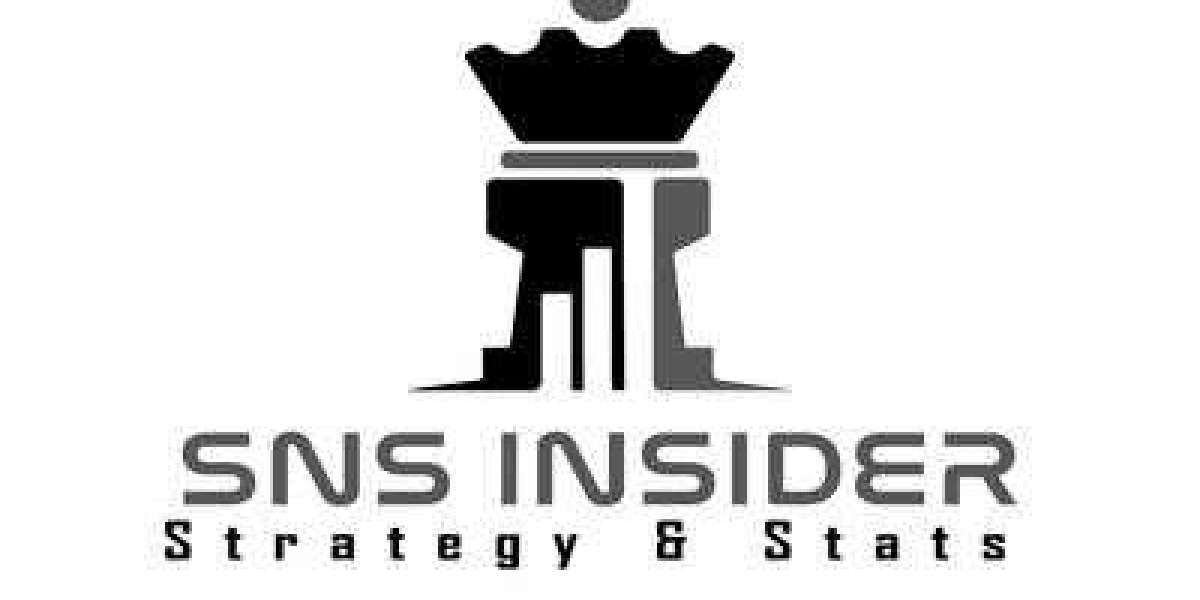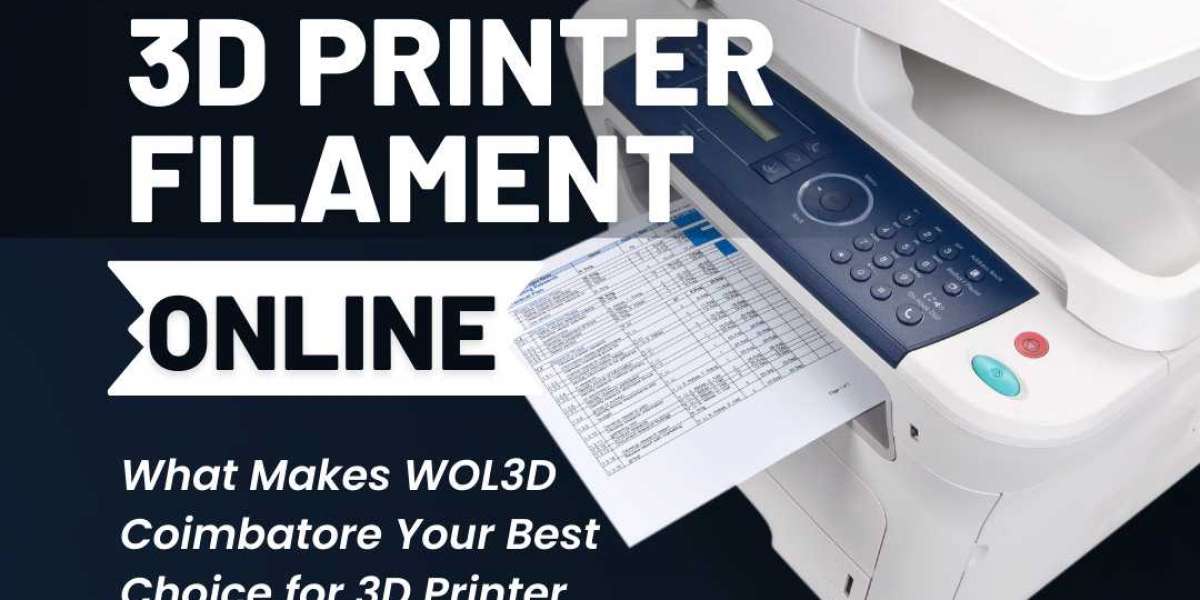Mobile App Development is a process in which the discovery phase decides how good the product quality can be. The Discovery phase is typically the first part of the app development process. Its objectives include researching app users, determining project and company goals, and investigating product-market fit. The project phase known as "discovery" in development is when the application's features, structure, and stack are determined. An App timeline that includes all significant milestones and total cost estimates should ideally be included in a discovery phase. Outlining your goals can be done during this phase and can include the following:
- Deliverables: Reports and mobile and online applications
- What you hope to achieve in terms of monthly income or daily traffic
- What sets you apart from the competition
- Your approach to monetization
Stages of Mobile App discovery phase A good outcome requires proper step following. Following steps/stages are to followed to efficiently carry out mobile app discovery phase:
- Concept Analysis: To ascertain whether your mobile app idea is technically and commercially feasible.
- Market analysis: Determine your target market and audience by looking at several demographics such as occupation, age, gender, income, and region.
It makes financial sense to devote your precious time to competitive analysis in addition to concept and market studies. It will assist you in recognizing and addressing the competition that your app will encounter.
- Requirement gathering: Examine and determine the features and functionalities your mobile application should have. Mobile app developers should think about the requirements and expectations of their end customers when choosing features for their apps. This will increase the likelihood that the app will survive by helping to create a user-centric application.
- Wireframing: Another crucial stage in the process of finding mobile applications is the generation of Mobile App Wireframe. It enables you to create a visual layout for the app project and identify which features and standards a certain layout and user experience can accomplish.
- UI Prototyping: Using visual designs that enable target consumers to interact with the in-app flow, this stage assists mobile application development businesses in visualizing the finished result.
- Development Tools and Technology: During this stage, you choose the tools and technologies that will be used to create a mobile application that will be successful.
Benefits of discovery phase
- Recognize your target market and user base: Gaining a thorough understanding of your users and the app's market is the primary objective of the discovery phase. This aids in ascertaining the manner and rationale behind users' access to your website and mobile application, as well as the steps you may take to simplify their experience.
- Establish a budget and development timeline: This stage uses wireframing to help you specify needs in more depth. With the aid of the details, your development team can properly estimate the time and cost of development, allowing you to adjust your budget. You can schedule the press release date, for instance, well in advance. You can comprehend your app's different architecture, deployment infrastructure, and maintenance expenses.
- Develop Initial Designs for Every Screen and Function: Use mockup tools to finish your designs ahead of schedule. Using a program like InVision, your design team can submit screen-by-screen designs. This will enable you to provide your investors with some actual examples and make it clearer to them how your mobile app will appear and work.
- Identify and Sort Features: You are frequently inundated with feature ideas and concepts at the beginning. This stage assists you in identifying the characteristics that should be included in the MVP and those are actually the most crucial. The remainder can be categorized for later use.
Conclusion: The Discovery phase offers a risk-free alternative to mobile app development while also assisting in the understanding and definition of business and technical needs. It contributes to cost and schedule predictability, which improves corporate planning and communication. Early design delivery also makes it possible for start-ups to show investors a prototype before they begin development.








